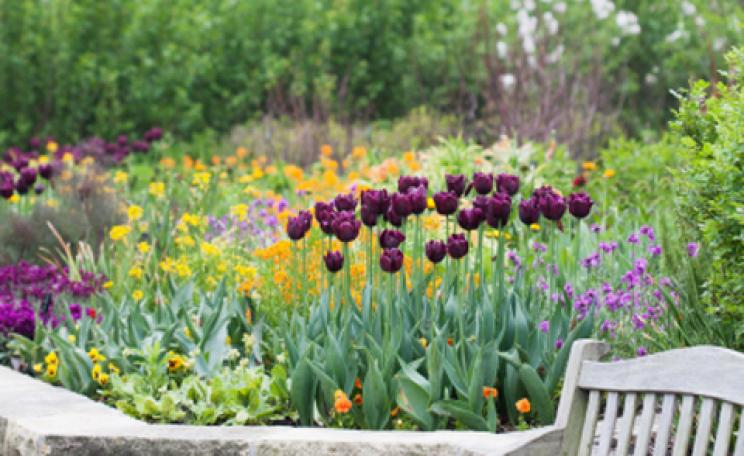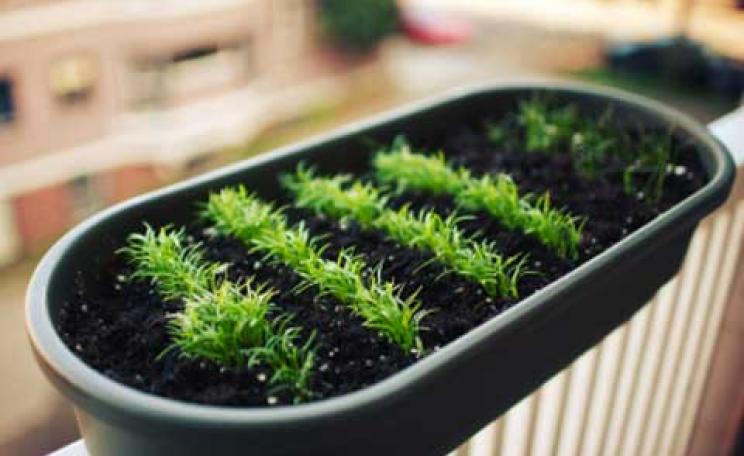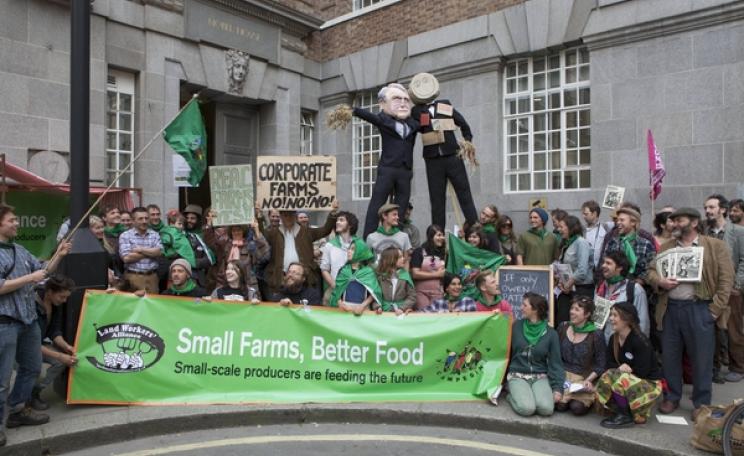Making things rot is, you would imagine, a job best left to nature.
As far as compost is concerned however, there is a big difference between throwing your leftovers on a heap at the bottom of the garden, and producing the kind of high-grade potting mix on sale at your local garden centre.
Fortunately, for those of us who have tried unsuccessfully to produce one from the other, Nicky Scott's latest book How to Make and Use Compost tells us exactly how to do just that.
Admittedly compost is something which, as Scott joyfully points out ‘happens'.
‘Given the right conditions, anything that lived recently, and quite a few things that were living hundreds of years ago, can be composted,' he writes.
The skill, it appears, is in balancing the right ingredients in your compost heap to create the perfect conditions for soil microbes to flourish. Get this right and they'll do all the hard work for you.
According to Scott, the secret of healthy compost is a combination of ‘browns' and ‘greens'. The browns (dry leaves, stems and twigs) create air pockets for aerobic digestion, while the greens (sappy materials, grass cuttings, peelings and skins) encourage fungi and bacteria. In this way your compost heap mirrors the natural environment of a woodland floor where the microbes you are trying to attract feel most at home.
Scott accepts that composting is certainly a skill which has to be learnt, but he also encourages you to experiment. He provides a step-by-step guide to creating your first compost heap and offers invaluable advice for the beginner on troubleshooting common problems.
He points out that matured compost has a variety of end uses, from allotments to flower beds, house-plants and window boxes, and, as well as the satisfaction that comes from making your own, its also likely to save you money.
Written with humour and flair, How to Make and Use Compost will either give you confidence as a beginner or improve your technique even if you're a habitual composter. As Scott points out, ‘the concept of composting is really simple: once you really take on board that composting is a living, dynamic, natural process then you stop thinking of your heap as a kind of dustbin and more as the living, breathing entity that it actually is a bit like a pet really!'
Equally relevant to domestic gardeners, market gardeners and teachers, the book highlights the growing trend of gardening in schools and evaluates several larger models of compost bin available commercially. Further chapters cover nutrient budgeting, hot-composting, making a wormery and community composting networks.
This is the third book Nicky Scott has written on the subject, drawing on nearly forty years of first-hand experience. At this rate he is in danger of becoming recognised as a national composting guru.
Ed Hamer is a freelance journalist
How to Make and Use Compost: The Ultimate Guide by Nicky Scott (£9.95, Green Books)
| READ MORE... | |
 |
HOW TO MAKE A DIFFERENCE 10 groups campaigning against waste Viewed in new light, waste is a resource – to be used again, recycled or resurrected for another use |
 |
GREEN LIVING Worm power: turning kitchen waste into compost gold A compost pile in a second-floor flat may not be a practical solution to dealing with your food waste, but if you don't have a garden, a homemade wormery might just be the ticket |
 |
GREEN LIVING Worm power II: worm composting through the winter The tale of the homemade wormery in a second-floor-flat continues... The worms are thriving, multiplying in numbers. Just don't ask about the flies... |
 |
GREEN LIVING The Poetry of Compost Your compost heap can be an untapped powerhouse of energy, says Paul Kingsnorth - it's just a matter of learning to harness it |








